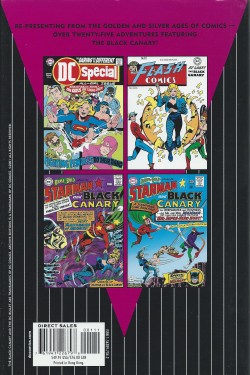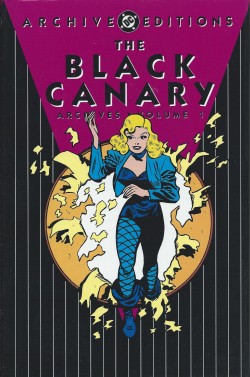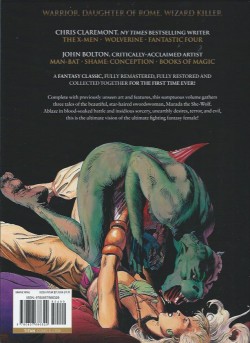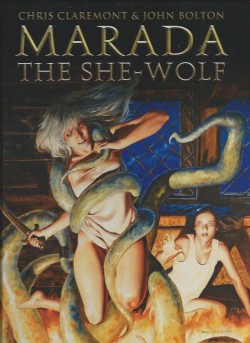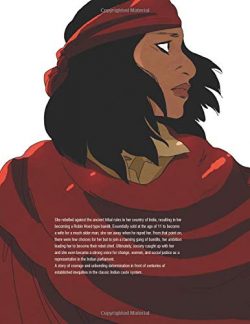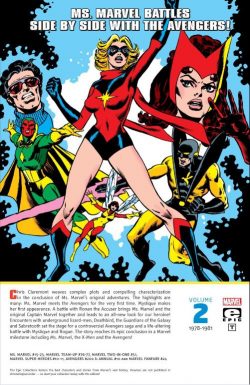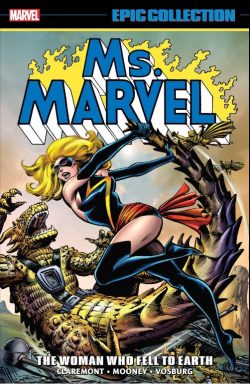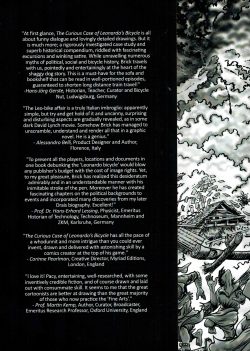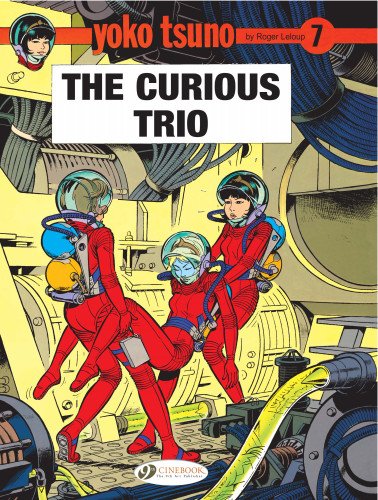
By Roger Leloup (Cinebook)
ISBN: 978-1-84918-127-3 (PB Album)
The edgy yet uncannily accessible European exploits of Japanese scientific adventurer Yoko Tsuno began gracing the pages of Le Journal de Spirou from the September 24th issue in 1970 and are still going strong, with 29 albums at the last count. The mind-blowing, eye-popping, extremely expansive multi-award-winning series was created by Belgian author, artist and novelist Roger Leloup, who was born in 1933 and worked as one of Hergé’s meticulous background assistants on the iconic Adventures of Tintin strip before striking out on his own.
Compellingly told and superbly imaginative, whilst always framed in hyper-realistic settings and sporting utterly authentic and unshakably believable technology, these illustrated epics were at the forefront of a wave of strips featuring competent, brave and immensely successful female protagonists which began revolutionising European comics in the 1970s and 1980s and are as potently empowering now as they ever were.
The series has a complex history in English. Comcat previously released a few adventures – albeit poorly translated and adapted – before British-based Cinebook acquired the franchise and opened a comprehensive and entrancing sequence in 2007 with the seventh collected exploit (1976’s La frontière de la vie– AKA On the Edge of Life).
Moreover, in French and Dutch the first Spirou stories ‘Hold-up en hi-fi’, ‘La belle et la bête’ and ‘Cap 351’ were all brief, introductory vignettes testing the waters. Miss Tsuno truly hit her stride with premier full-length epic Le trio de l’étrange, which started serialisation with the May 13th 1971 issue. Translated as The Curious Trio, it was actually the 7th chronicle released by Cinebook and is still not available digitally…
The story opens in a busy TV studio at midnight (back when actual humans pushed, pulled and focussed the clunky paraphernalia) as young Director Vic Van Steen loses his rag with best pal Pol Paris for falling asleep on his camera. Later, still smarting from another fractious tiff, the pair walk home past a deserted construction site and espy what looks like an elegantly brilliant burglary…
The quietly flamboyant break-in is, in fact, a pre-arranged test by a sleekly capable freelance Japanese electrical engineer named Yoko Tsuno. She has been hired by the owners of a major company to test their new security. After apologising for nearly ruining her trial with their well-intentioned interference, the lads invite the enigmatic tech-bod to join their film crew as sound engineer on a proposed outside shoot.
The gig is to explore a region of flooded caves for a documentary and before the week ends the new friends are hauling equipment to a spectacular cavern, ready to work out the technical details. No sooner do they begin, however, than something goes terribly wrong when the trio are dragged deep underground by irresistible, swirling waters…
From here the achingly realistic and rationalist strip takes a huge leap into the uncanny as their subterranean submersion dumps them into a huge metal-shod vault where they are seized by blue-skinned humanoids.
The colossal complex is of incredible size and, as the captives are bundled into a fantastic vessel which runs on rails via magnetic levitation and driven even deeper underground, a handy translation helmet enables the only friendly-seeming stranger to explain. Her name is Khany and her race, the Vineans, have been sleeping deep beneath the Earth for almost half a million years…
However, since recently awakening, internecine strife has entered the lives of the colonists. Ambitious militaristic brute Karpan now constantly manoeuvres to seize power from the vast electronic complex known as The Centre, which regulates the lives of the colonists.
The humans’ first meeting with the blustering bully does not go well. When he attempts to beat Khany, martial artist Yoko gives him a humiliating and well-deserved thrashing…
Infuriated, Karpan tries to disintegrate them but is pulled away by security forces. As the newcomers resume their trip to the Centre, he secretly follows their magnetocarrier, resolved to destroy them…
As the maglev ship hurtles to unimaginable depths, Khany introduces the humans to a stowaway – her young daughter Poky – while relating the astounding tale of the Vineans’ escape from planetary doom and two-million-light-year voyage to Earth. Accustomed to subterranean living, on arrival the Vineans hollowed out a mountain and dug down even further.
The history lesson is interrupted by Karpan’s murderous attack, which is only thwarted by Yoko’s quick thinking and her companions’ near-insane bravery…
Eventually, after another, far more subtle murder attempt, the badly damaged magnetocarrier reaches its destination and the astonished visitors are brought before a stupendous computer to plead their case and expose Karpan’s indiscretions. The vast calculator dubbed The Centre controls every aspect of the colony’s life and will deliver judgement on the human invaders’ ultimate fate. After mind-scanning Yoko its pronouncement is dire: the strangers are to be placed in eternal hibernation…
When Pol plays his long-hidden trump card and threatens to destroy the machine with a stolen disintegrator, diplomatic Khany proposes a solution; suggesting simply waiting until they can all confront the still-absent Karpan. Yoko is still deeply suspicious and not convinced that Karpan is responsible for every attempt on their lives. That “nightâ€, while Yoko’s resting, Poky sneaks into her habitation chamber and takes her on an illicit tour of the underside and innards of the impossibly huge complex. The jaunt verifies the engineer’s suspicions with a ghastly revelation. What they expose is a horrific threat not just to the Vineans – Karpan included – but to every human on the surface of Earth…
The eerie mystery then explodes into spectacular action and a third act finale worthy of a James Bond movie as Tsuno’s dramatic duel with an incredible malign menace settles the fate of two species…
Absorbing, rocket-paced and blending tense suspense with bombastic thrills, spills and chills, this is a terrific introduction to a world of rationalist mystery and humanist imagination with one of the most unsung of all female action heroes and one you’ve waited far too long to meet…
Original edition © Dupuis, 1979 by Roger Leloup. All rights reserved. English translation 2012 © Cinebook Ltd.




